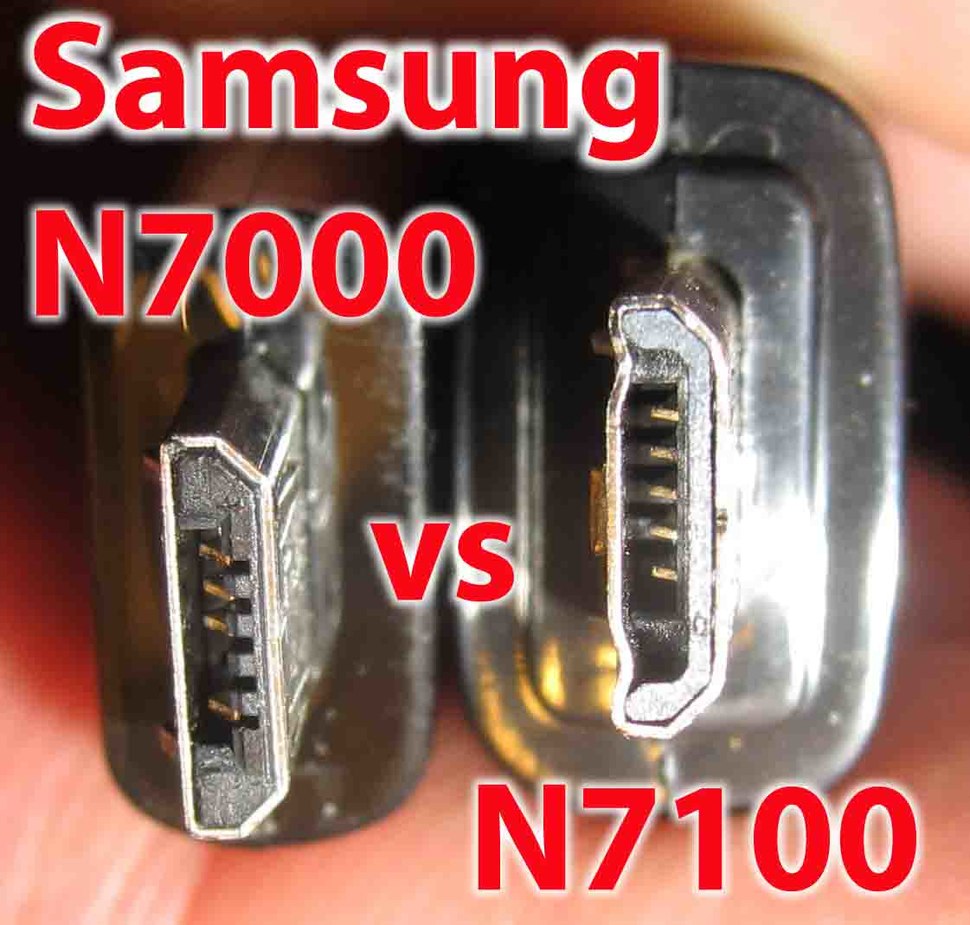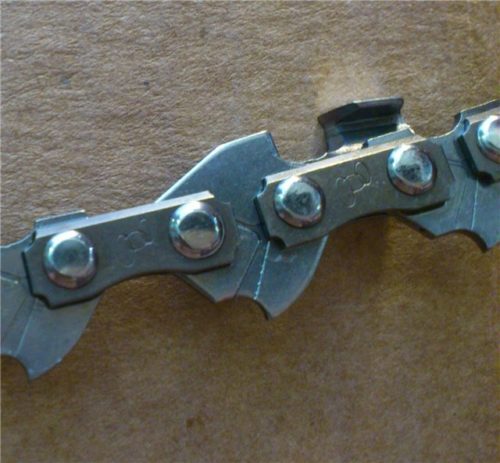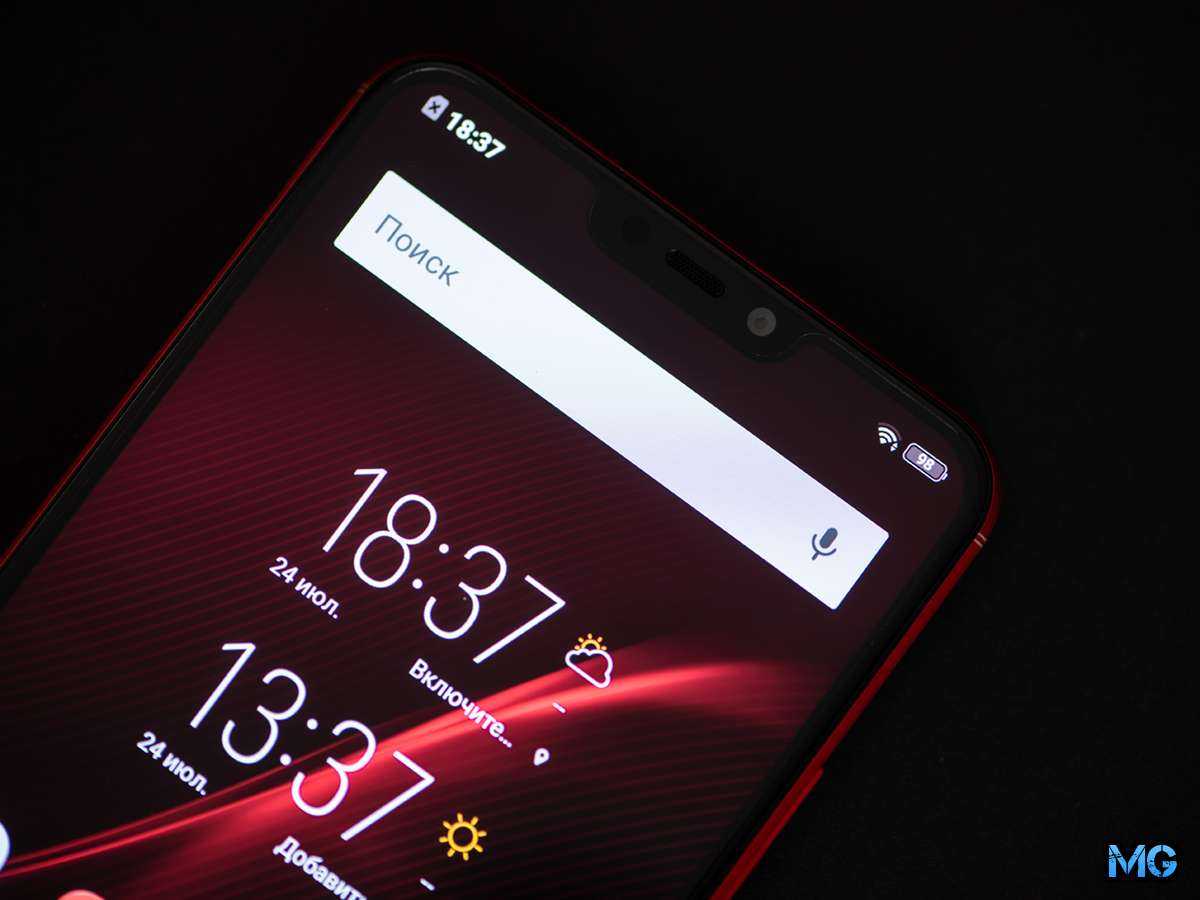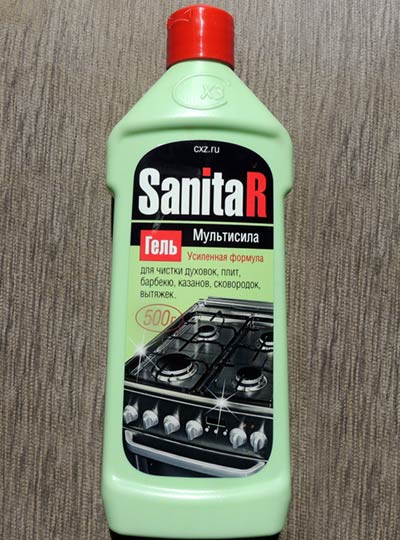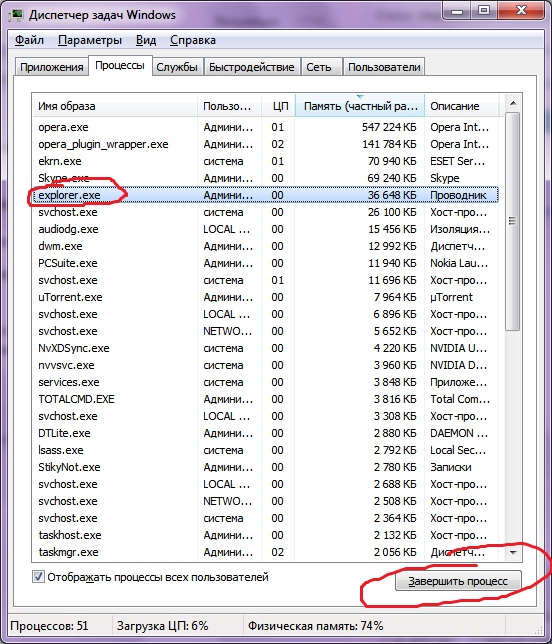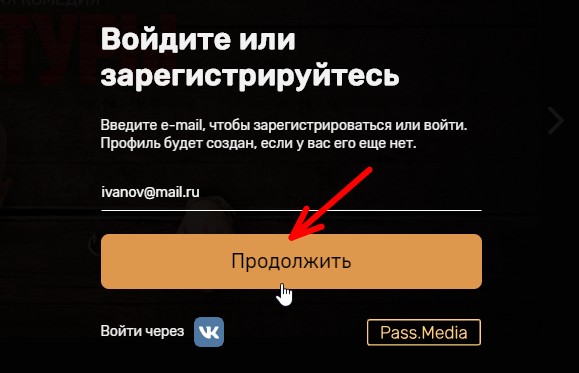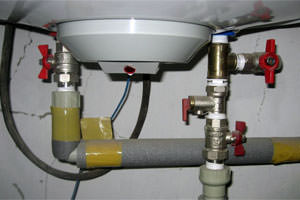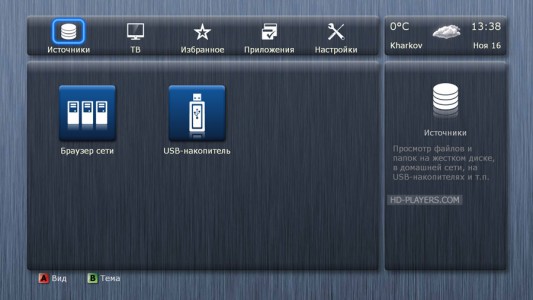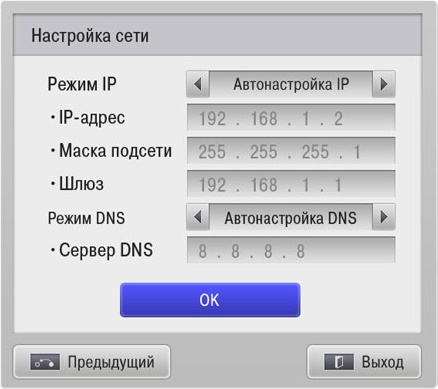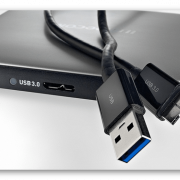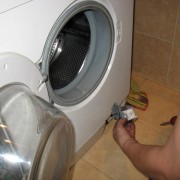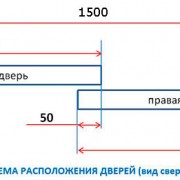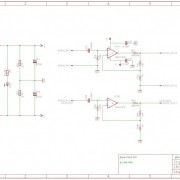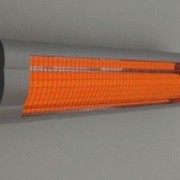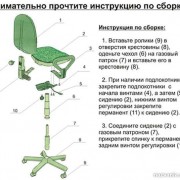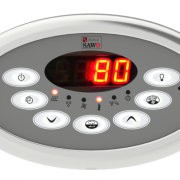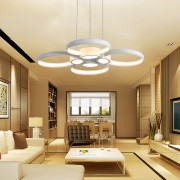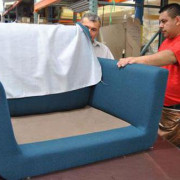Несколько способов подключить смартфон к телеку — Смартфон Телевизор Интерфейс HDMI
Содержание:
Connectors
Not all micro USB 2.0 ports are identical. Compare connectors for original Galaxy Note with the Note II.
Micro-USB-to-HDMI (five-pin)
The first implementations use the most common mobile connection () and the most common TV connection (). There are two types of connection, depending on whether the display device directly supports MHL.
Passive cable
Passive cables allow MHL devices to connect directly to MHL-enabled TVs (i.e. display devices or AV receivers with an MHL-enabled HDMI port) while providing charging power upstream to the mobile device. Other than the physical connectors, no USB or HDMI technology is being used. Exclusively MHL signaling is used through the connectors and over the cable.
Active adapter
With an active adapter, MHL devices are able to connect to HDMI display devices that do not have MHL capability by actively converting the signal to HDMI. These adapters often feature an additional Micro-USB port on them to provide charging power to the mobile device because standard HDMI ports do not supply sufficient current.
Samsung Micro-USB-to-HDMI adapter and tip (eleven-pin)
The , and later and , use an 11-pin connector and the six additional connector pins in order to achieve functional improvements over the 5-pin design (like simultaneous USB-OTG use). However, if consumers have a standard MHL-to-HDMI adapter all they need to purchase is a tip. With the launch of the Samsung Galaxy S4, Samsung also released MHL 2.0 smart adapter with a built-in 11-pin connector. The first Samsung MHL 1.0 smart adapter released with the Galaxy S III requires external power and is able to work with HDMI TVs at 1080p at 24 Hz. The MHL 2.0 adapter released with the Galaxy S4 can output 1080p at 60 Hz and does not need external power.
USB Type-C (MHL Alternate Mode)
The MHL for specification allows MHL enabled source and display devices to be connected through a USB Type-C port. The standard was released on November 17, 2014, and is backward compatible with existing MHL specifications: supporting MHL 1, 2, 3 and superMHL. The standard supports the simultaneous transfer of data (at least , and depending on video resolution: Gen 1 or 2) and power charging (up to 40W via ), in addition to MHL audio/video. This allows the connection to be used with mobile/laptop , allowing devices to connect to other peripherals while charging. The use of passive cables is possible when both devices support the standard, e.g., when connecting to superMHL, USB Type-C, and MHL-enabled HDMI, otherwise, an active cable adapter/dongle is necessary to connect to standard HDMI devices.
Depending on the bandwidth requirement, the standard makes use of a variable number of USB Type-C’s four SuperSpeed differential pairs to carry each lane: a single lane is required for resolutions up to /60 Hz, two lanes for 4K/120 Hz, and all four lanes for /60 Hz. The MHL eCBUS signal is sent over a side-band (SBU) pin on the USB Type-C connector. When one or two lanes are used, USB 3.1 data transfer is supported.
MHL Alternate Mode USB Type-C pin mapping
In common MHL Alt Mode implementations on mobile/tablet/laptops, the video from the will be converted to MHL signal by using a MHL transmitter chip. The transmitter chips often accept video in (/) or format and convert it to MHL format. The USB Type-C port controller functions as a switch/mux, passing through the MHL signal to the external devices. The dock/display devices may use an MHL bridge chip to convert the MHL signal to HDMI signal format.
In conjunction with the release of the superMHL specification in January 2015, MHL introduced a reversible 32-pin superMHL connector. The connector can carry six A/V lanes over six differential pairs, catering for the full 36 Gbit/s bandwidth available from the superMHL standard. The connector also enables 40 W of charging power at a higher voltage and current.
History
Silicon Image, one of the founding companies of the standard, originally demonstrated a mobile at the January 2008 (CES), based on its (TMDS) technology. This interface was termed «Mobile High Definition Link» at the time of the demonstration, and is a direct precursor of the implementation announced by the MHL Consortium. The company is quoted as saying it did not ship that original technology in any volume, but used it as a way to get a started.
The working group was announced in September 2009, and the MHL Consortium founded in April 2010 by , , , and . The MHL specification version 1.0 was released in June 2010, and the Compliance Test Specification (CTS) was released in December 2010. May 2011 marked the first retail availability of MHL-enabled products.
The first mobile device to feature the MHL standard was the , announced at the 2011 .
MHL announced in 2014 that more than half a billion MHL-capable products had been shipped since the standard was created.
Ссылки
High Definition Multimedia Interface (HDMI; читается как Эйч-ди-эм-а́й) — интерфейс для мультимедиа высокой чёткости, позволяющий передавать цифровые видеоданные высокого разрешения и многоканальные цифровые аудиосигналы с защитой от копирования (HDCP).
Разъём HDMI обеспечивает цифровое DVI-соединение нескольких устройств с помощью соответствующих кабелей. Основное различие между HDMI и DVI в том, что разъём HDMI меньше по размеру, а также поддерживает передачу многоканальных цифровых аудиосигналов. Является заменой аналоговых стандартов подключения, таких как SCART, VGA, YPbPr, RCA, S-Video.
Основателями HDMI являются компании Hitachi, Matsushita Electric Industrial, Philips, Silicon Image, Sony и Thomson (RCA).
USB Type-C или USB-C — спецификация USB для универсального компактного двухстороннего 24-контактного разъёма для USB-устройств и USB-кабелей.Спецификация коннекторов USB Type-C версии 1.0 была опубликована форумом разработчиков USB в августе 2014 года. Она была разработана примерно в то же время, что и спецификация USB 3.1.
Разъёмы USB Type-C служат для подключения как к периферийным устройствам, так и к компьютерам, заменяя различные разъёмы и кабели типов A и B предыдущих стандартов USB, и предоставляя возможности расширения в будущем. В отличие от предыдущих версий разъёмы кабелей USB Type-C симметричны по вертикали и могут подключаться к устройству любой стороной.
Использование коннектора USB Type-C не обязательно означает, что устройство реализует высокоскоростной стандарт USB 3.1 Gen1/Gen2 или протокол USB Power Delivery.
| Аудио- и видеоразъёмы и интерфейсы | ||||||||
|---|---|---|---|---|---|---|---|---|
|
||||||||
|
Версии
Стандарт MHL был разработан в середине 2010 г. , в состав которого вошли компании , и .
Версия MHL 2.0 вышла в апреле 2012, увеличив мощность питания до 4.5 Вт (0.9 ампера, опционально до 7.5 Вт при 1.5 A). Введены режимы 3D видео (до 1080p 24Гц 3D), увеличено разрешение до 720p/1080i 60 Гц, введён канал MHL sideband channel (MSC).
Версия 3.0 стандарта MHL вышла в 2013 году, в ней увеличено максимальное разрешение до 2160p30, возможна передача до 10 Вт мощности.
В январе 2015 года был представлен superMHL 1.0, поддерживающий в некоторых случаях форматы до 8K Ultra HD (7680 × 4320) 120 Гц с HDR и 48-битным цветом. В стандарте введён 32-контактный коннектор superMHL (до 6 линий A/V по 6 Гбит/с каждая). Также может использоваться разъём (с меньшей пропускной способностью, до 4 линий A/V). Спецификация также поддерживает VESA Display Stream Compression (DSC) 1.1 — механизм сжатия видео (уменьшение потока до 3 раз). Источником superMHL сигнала могут быть устройства с micro-USB или проприетарными коннекторами, HDMI Type-A используется только получателем сигнала. Разъёмы USB Type-C и superMHL могут использоваться как в источниках, так и в получателях.
Несколько способов подключить смартфон к телеку
Категории: Смартфоны, Обзоры
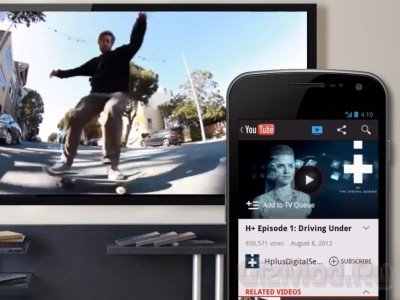
Беспроводной HDMI адаптер Tronsmart T2000 EZcast Pro
Интерфейс Thunderbolt 2 представлен официально
Display Dock от Microsoft обнажил спецификации
Xperia S скоро в России
С тех пор, как смартфоны и планшеты фактически перестали уступать по возможностям обычным ПК, многие пользователи справедливо захотели подключать их к внешним дисплеям, будь то телевизоры или обычные мониторы. Делать это можно с различными целями: для удобного сёрфинга, если полноценного компьютера нет под рукой, для показа презентаций, а то и для просмотра фильмов прямо со смартфона или даже с онлайн-сервиса. Однако до сих пор не создано единого стандарта для вывода видео- и аудиосигнала на телевизоры, поэтому мы решили разобраться в том, как это всё-таки можно сделать и что для этого понадобится.
Overview
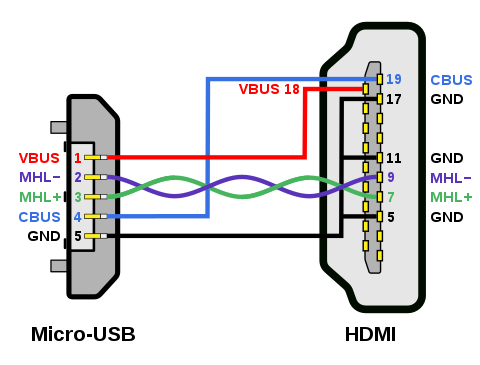
Pin assignments for Micro-USB to MHL-enabled HDMI. The MHL TMDS data lane (purple & green) uses the differential pair present in both USB 2.0 (Data− & Data+) and HDMI (TMDS Data0− & Data0+). The MHL Control Bus repurposes the ID (pin 4), and the HDMI Hot Plug Detect (pin 19), while the pins for power & ground match their original assignment for both.
MHL is an adaptation of intended for mobile devices such as smartphones and tablets. Unlike , which is compatible with HDMI using only passive cables and adapters, MHL requires that the HDMI socket be MHL-enabled, otherwise an active adapter (or ) is required to convert the signal to HDMI. It has several aspects in common with HDMI, such as the ability to carry encrypted , eight-channel , and control remote devices with (CEC).
There are a total of five pins used in MHL rather than the 19 used in HDMI, namely: a differential pair for data, a bi-directional control channel (CBUS), power charging supply, and ground. This permits a much lighter cable and a much smaller connector on the mobile device, as a typical MHL source will be shared with USB 2.0 on a standard 5-pin receptacle. (Although MHL ports can be dedicated to MHL alone, the standard is designed to permit port sharing with the most commonly used ports.) The USB port switches from USB to MHL when it recognizes an MHL-qualified sink (e.g., a TV) detected on the control wire. A typical MHL sink will be shared with HDMI on a standard 19-pin HDMI receptacle.
Because the same five-pin Micro-USB port is also typically used for charging the device, the sink is required to provide power to maintain the state of charge (or even recharge) while it is being used (although this is dependent on the power available being sufficient e.g., MHL 2 & 3 provide a minimum of 4.5 W / 900 mA, while superMHL can provide up to 40 W). The use of the power line in this way differs from HDMI, which expects the source to provide 55 mA for the purpose of reading the of a display.
Due to the low pin count of MHL versus HDMI, the functions that are carried on separate dedicated pins on HDMI, namely: the (DDC) (pins 15 & 16) and CEC (pin 13) are instead carried on the bi-directional control bus (CBUS). The CBUS both emulates the function of the DDC bus and also carries an MHL sideband channel (MSC), which emulates the CEC bus function, and allows a TV remote to control the media player on a phone with its Remote Control Protocol (RCP).
Bandwidth
MHL uses the same (TMDS) as HDMI to carry video, audio, and auxiliary data. However, MHL differs from HDMI in that there is only one to carry the TMDS data lane, compared to HDMI’s four (three data lanes, plus the clock). Therefore these three logical data channels are instead into the single physical MHL data lane (i.e., with the logical channels sent sequentially), and the clock signal carried as a common mode signal of this pair. From MHL 3 onwards, the method for carrying the clock signal changed to being carried separately on the MHL CBUS pin instead.
The normal (24 bit) mode operates at 2.25 Gbit/s, and multiplexes the same three channel, 24 bit color signal as HDMI, at a pixel clock rate of up to 75 MHz, sufficient for and at 60 Hz. One period of the MHL clock equals one period of the pixel clock, and each period of the MHL clock transmits three 10-bit TMDS characters (i.e., a 24-bit pixel, where each 10-bit TMDS character represents an encoded byte – 8-bits).
MHL can also operate in PackedPixel mode at 3 Gbit/s, catering for , in this case only two channels are multiplexed, as the color signal is changed to a (YCbCr 4:2:2) pair of adjacent 16-bit pixels (i.e., where two adjacent pixels share chroma values and are represented with only 36-bits), and the pixel clock is doubled to 150 MHz. In this mode, one clock period of the MHL clock now equals two periods of the pixel clock, so each period of the MHL clock transmits twice the number of channels i.e., four 10-bit TMDS characters (a pair of 16-bit pixels).
Version 3 of MHL changed from being frame-based to a packet-based technology, and operates at 6 Gbit/s. superMHL extends this by carrying the data signal over more than one differential pair (up to four with USB Type-C, or a total of six using a superMHL cable) allowing up to 36 Gbit/s.
Versions
All MHL specifications are backward compatible to previous versions of the standard. MHL is connection agnostic (i.e., not tied to a specific type of hardware connector). The first implementations used the 5-pin MHL-USB connector described below, and all are supported over USB Type-C MHL Alternate Mode. Other proprietary and custom connections are also allowed.
MHL 1
Version 1.0 was introduced in June 2010, supporting uncompressed HD video up to 720p/1080i 60 Hz (with RGB and YCbCr 4:2:2/4:4:4 pixel encoding). Support for 60 Hz (YCbCr 4:2:2) was introduced in version 1.3. The specification supports standard SD () and HD () color spaces, as well as those introduced in HDMI 1.3 and 1.4 (, sYCC601, , and AdobeYCC601). Other features include 192 kHz 24-bit 8-channel audio, 1.4 content protection, and a minimum of 2.5 W (500 mA) power between sink (e.g., TV) and source (e.g., mobile phone) for charging. The MHL sideband channel (MSC) includes a built-in Remote Control Protocol (RCP) function allowing the of the TV to operate the MHL mobile device through TV’s (CEC) function, or allowing a mobile device to manage the playback of its content on the TV.
MHL 2
Version 2.0 was introduced in April 2012, and raised the minimum charging supply to 4.5 W (900 mA), with an optional 7.5 W (1.5 A) maximum allowed. Support for 3D video was also introduced, permitting 720p/1080i 60 Hz, and 1080p 24 Hz 3D video modes. The specification also included additional MHL sideband channel (MSC) commands.
MHL 3
Version 3.0 was introduced in August 2013, and added support for (3840 × 2160) 30 Hz video, increasing the maximum bandwidth from 3 Gbit/s to 6 Gbit/s. An additional YCbCr 4:2:0 pixel encoding for 4K resolution was also introduced, while the maximum charging supply was increased to 10 W (2 A). Support for compressed lossless audio formats was added with support for and .
The specification increased the speed of the bi-directional data channel from 1 Mbit/s to 75 Mbit/s to enable concurrent 4K video and (HID) support, such as mice, keyboards, touchscreens, and game controllers. Other features include support for simultaneous multiple displays, improved Remote Control Protocol (RCP) with new commands, and HDCP 2.2 content protection.
superMHL
superMHL 1.0 was introduced in January 2015, supporting Ultra HD (7680 × 4320) 120 Hz video with wide color gamut () and 48-bit deep color. Support for object-based audio formats were added, such as and DTS:X, with an audio-only mode also available. The Remote Control Protocol (RCP) was also extended to link multiple MHL devices together (e.g., TV, AVR, Blu-ray Disc player) and control them via one remote.
The specification introduces a reversible 32-pin superMHL connector, which (along with USB Type-C) supports a higher charging power of up to 40 W (20 V / 2 A), and is designed for future bandwidth expansion. The increase in bandwidth over previous MHL versions is achieved by using multiple A/V lanes, each operating at 6 Gbit/s, with a maximum of six A/V lanes supported depending on device and connector type. For example, Micro-USB and HDMI Type-A support one A/V lane, USB Type-C supports up to four A/V lanes, and the superMHL connector supports up to six A/V lanes (36 Gbit/s).
In addition to supporting a variable number of lanes, the specification supports (DSC) 1.1, a «visually lossless» (but mathematically lossy) video compression standard. In cases when the bandwidth of the available lane(s) is unable to meet the rate of the uncompressed video stream, bandwidth savings of up to 3:1 can be achieved with a DSC compression rate of 3.0×. For example, 4K 60 Hz is possible using a single lane (e.g., Micro-USB / HDMI Type-A) with a DSC rate of 3.0×.
superMHL can use a variety of source and sink connectors with certain limitations: micro-USB or proprietary connectors can be used for the source only, HDMI Type-A for the sink only, while the USB Type-C and the superMHL connectors can be used for the source or sink.
